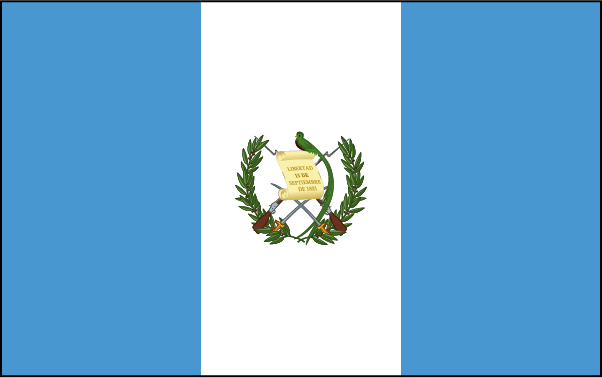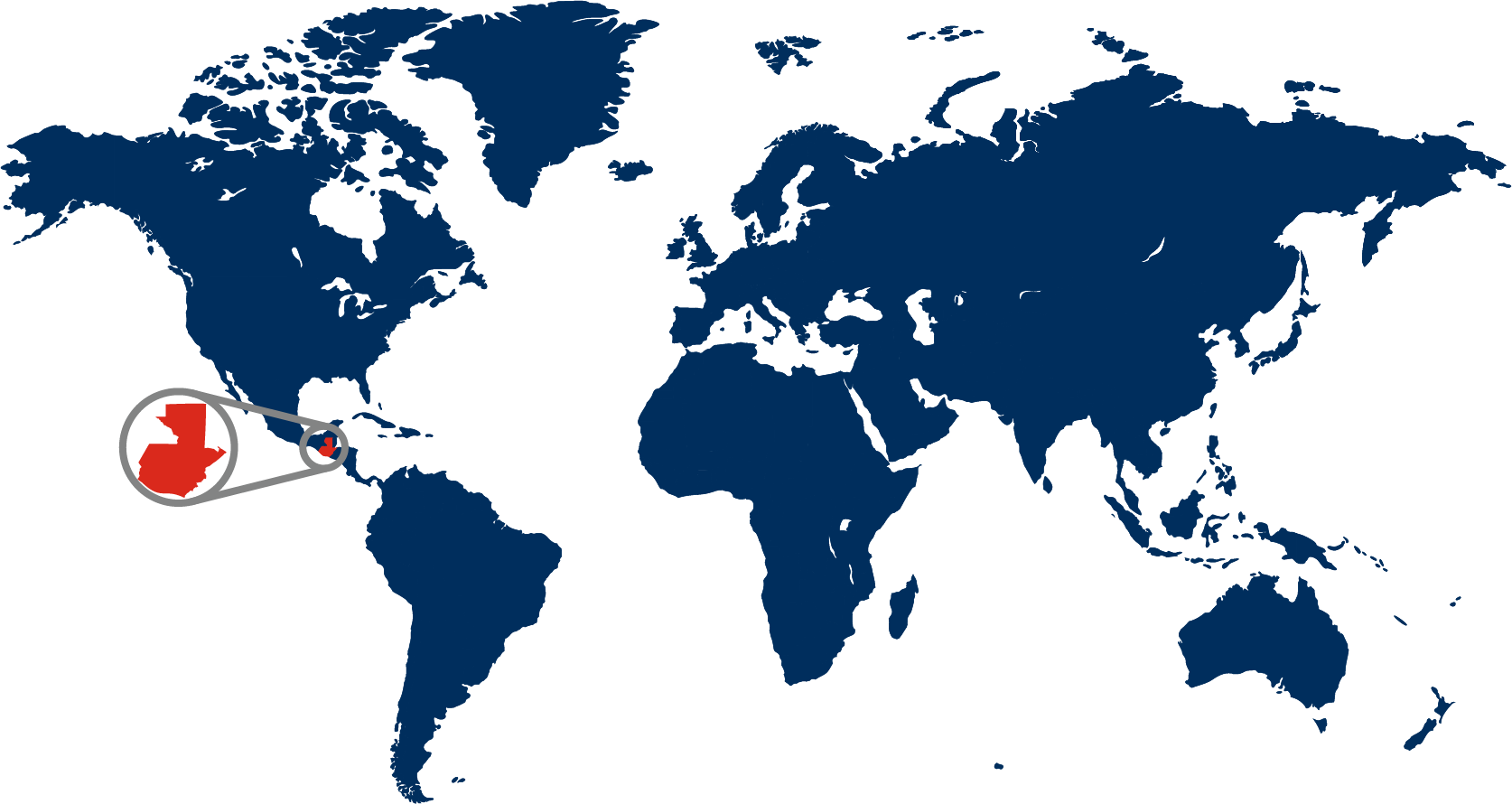Guatemala Travelogue
Articles
Travelogues
View more from News & Articles or Primerus Weekly

By Tom Kirvan
Nestled in the heart of Central America, Guatemala is a country of striking contrasts and boundless charm. Known as the “Land of Eternal Spring” for its temperate climate, Guatemala offers a rich mix of history, culture, and natural beauty.
With a population of more than 17 million, Guatemala is the most populous country in Central America. Its people reflect a vibrant mix of Indigenous and Ladino (mixed European and Indigenous) heritage, with more than 20 distinct Mayan languages spoken alongside Spanish, the country’s official language. The warmth and hospitality of the Guatemalan people, coupled with their rich traditions, create a cultural landscape as diverse as the country’s geography.
The terrain of Guatemala is equally varied, ranging from lush tropical rainforests and volcanic highlands to scenic coastlines on both the Pacific Ocean and the Caribbean Sea. Towering volcanoes dominate the skyline in many regions, while lakes and rivers carve through fertile valleys. Guatemala is home to 37 volcanoes, with some, like Pacaya, remaining active and accessible for adventurous tourists.
The capital, Guatemala City (Ciudad de Guatemala), is the largest and most populous city in the country with 1.2 million residents. It serves as the political, cultural, and economic hub of the nation. While the city itself is modern and dynamic – with sprawling markets and lively plazas – it is also steeped in history, housing museums and historical sites that tell the story of Guatemala’s ancient and colonial past.
Highlights of Guatemala City include the National Palace of Culture and the Ixchel Museum of Indigenous Textiles and Clothing, which showcases the intricate designs and techniques passed down through generations.
Guatemala’s history is as dynamic as its landscapes. It was once the cradle of the Mayan civilization, which flourished for more than a thousand years and left behind awe-inspiring cities like Tikal. After the Spanish conquest in the 16th century, the region became a part of the Viceroyalty of New Spain, with Antigua serving as the colonial capital until it was moved to Guatemala City following a devastating earthquake.
The country’s modern history is marked by struggle and resilience, including a civil war that lasted from 1960 to 1996. Since then, Guatemala has made significant strides, though challenges remain in addressing poverty and inequality.


Capital: Guatemala City
Population: 17 million
Language: Spanish
Highest Point: Volcan Tajumulco (13,789 feet)
Primerus Member: Iurisconsulti Abogados y Notarios
Iurisconsulti Abogados y Notarios, a full-service business law firm in Guatemala City.
Guatemala’s economy is largely driven by agriculture, with coffee, bananas, and sugar among its key exports. The country is also known for its artisanal crafts, including textiles and jade jewelry, which draw visitors from around the world. In recent years, tourism has become a vital sector, supported by the country’s rich cultural heritage and natural attractions.
Must-See Tourist Destinations
While Guatemala City offers plenty to explore, venturing beyond the capital unveils the country’s true magic. Here are five must-see destinations that highlight the best of Guatemala: